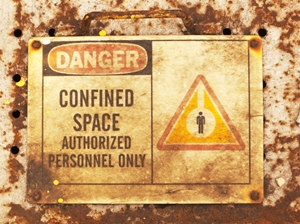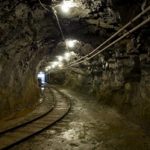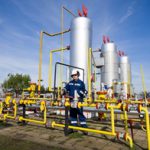A worksite carbon monoxide incident in New Zealand (recently dealt with in court) has raised questions about safety standards.
In April 2014, a Hawkes Bay worker was operating alone inside a grain silo applying a bitumen-based product. As the product gave off toxic carbon monoxide – among other chemicals – he wore a respirator. However, he didn’t have a solvent filter available so instead used a dust filter – exposing himself unwilling to the toxic solvent fumes.
The incident, which occurred on an egg farm near the New Zealand town of Hastings, was quite remote, and meant it was some time before help from his team arrived. When they arrived, they found that he was unconscious and unresponsive at the bottom of the silo.
Emergency services were quickly called and after arriving at Hawke’s Bay hospital was diagnosed with carbon monoxide poisoning. He was also suffering the effects of other gases, fumes and vapours according to WorkSafe New Zealand.
Fortunately, the man didn’t have any long-term health side effects, but this didn’t stop the company feeling the wrath of a New Zealand courtroom. The company pleaded guilty under two sections of the Health and Safety in Employment Act and was subsequently fined $33,750 for the incident. They also had to pay $2,500 to the victim as reparation.
WorkSafe New Zealand’s Chief Inspector Keith Stewart explained that chemicals and confined spaces are a dangerous mix.
“[The company] had not trained its employees in working in confined spaces and did not have an operating procedure for such work,” he said in a February 16 media statement.
“The company’s director admitted that maybe he had “got blasé about the health and safety” because he had experienced staff and had a good health and safety record. Well, you can’t afford to get blasé when it comes to working with hazardous chemicals – especially in a confined space.”
Mr Stewart concluded by stating that the worker had been lucky to escape real injury and the incident should serve as a wakeup call for all businesses.
Options for industry
In this particular example, a couple of recommendations could be made. Firstly, the worker could have been provided with the correct equipment when applying the solvent in the confined space.
However, a carbon monoxide sensor would also have been a good idea. The employee would have received warning about the dangerously high levels and been able to get himself out the situation. Most sensors feature both an audible alarm as well as a reading on the screen.









 Reduce cooking oil costs while ensuring quality
Reduce cooking oil costs while ensuring quality Expert knowledge on CO2 monitoring
Expert knowledge on CO2 monitoring Refrigeration knowledge - in 3 modules
Refrigeration knowledge - in 3 modules



